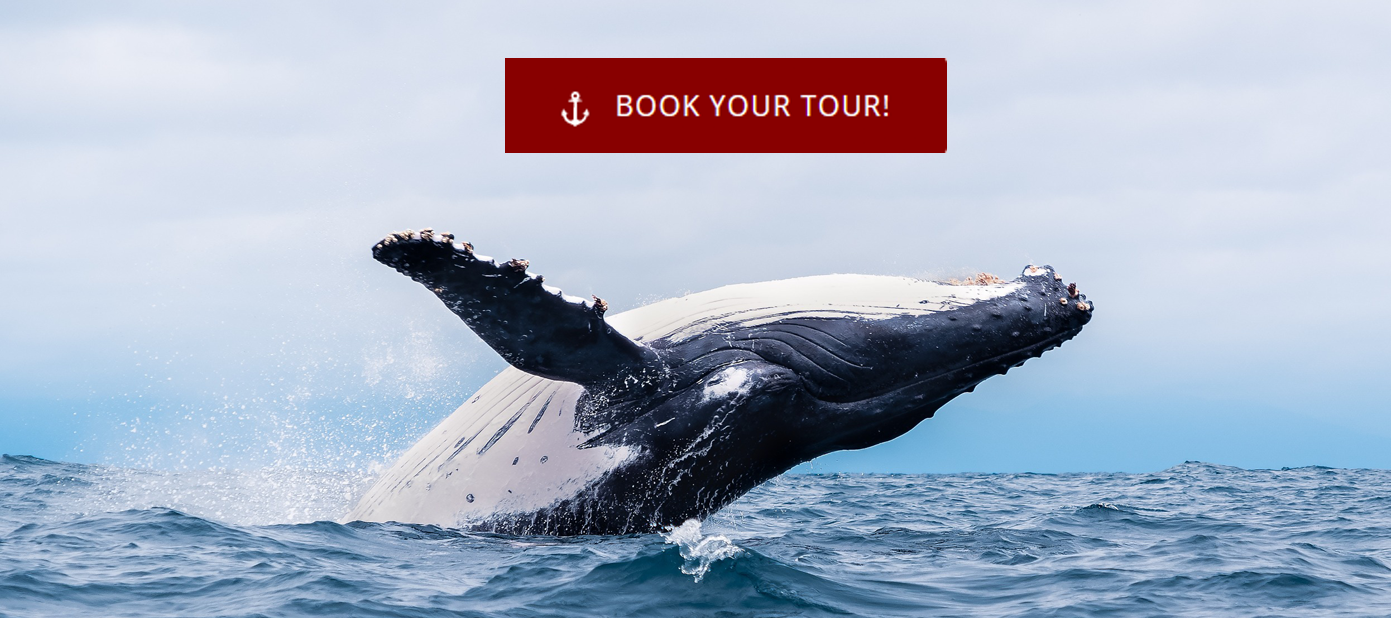Gray Whale Migration: When To See Gray Whales in San Diego

San Diego is one of the best destinations for witnessing the majestic gray whale migration. Every year, these magnificent creatures embark on one of nature’s most impressive journeys, traveling thousands of miles along the Pacific coastline. If you’re in San Diego during migration season, it’s the perfect opportunity to experience this awe-inspiring spectacle.
What Is Gray Whale Migration?
Gray whale migration is a biannual journey undertaken by gray whales as they travel between their feeding grounds in the Arctic and their breeding lagoons in Baja California, Mexico. These 35-ton marine mammals embark on a round trip of approximately 12,000 miles, making it one of the longest migrations of any mammal on Earth. The migration is not just a display of endurance—it’s essential for the whales’ survival, as it allows them to find warmer waters to give birth and nurture their calves.
When Is Gray Whale Migration Season in San Diego?
Gray whale migration season in San Diego typically occurs from December through April. During these months, the whales pass through the area twice: first on their southbound journey to Baja California, and later on their return trip to the Arctic. The peak months for spotting gray whales San Diego are January and February when their numbers are highest.
Where Do Gray Whales Migrate To?
Gray whales travel from their feeding grounds in the cold, nutrient-rich waters of the Arctic to the warmer, shallow lagoons of Baja California. These lagoons provide a safe environment for birthing and nurturing their young before the long journey north begins again. San Diego is a prime viewing spot as it lies directly along the whales’ migration route, providing ample opportunities to see these incredible creatures up close.

Why San Diego Is a Prime Spot for Whale Watching
San Diego’s coastal waters offer ideal conditions for spotting gray whales. The city’s deep underwater canyons and proximity to the Pacific migration route mean you can often see whales just a few miles from shore. The region also boasts year-round pleasant weather and a variety of whale-watching tours, making it a favorite destination for nature enthusiasts.
If you’re searching for an unforgettable wildlife experience, witnessing gray whales in San Diego is an absolute must.
How To Spot Gray Whales in San Diego
Here are some tips to help you spot gray whales during their migration:
- Look for the spout: Gray whales breathe through blowholes, creating a spray of mist that can be seen from a distance.
- Watch for tail flukes: When diving, gray whales often raise their tails above the water, a stunning sight for any whale watcher.
- Bring binoculars: While some whales come close to shore, binoculars can enhance your viewing experience.
- Head to vantage points: Visit locations like Cabrillo National Monument or Torrey Pines State Reserve for excellent coastal views.

What to Expect Gray Whale Watching with Next Level Sailing
For a truly memorable experience, embark on a whale-watching tour with Next Level Sailing. Aboard the iconic Yacht America, you’ll enjoy breathtaking views of the Pacific while expert guides share insights about the gray whale migration San Diego. The spacious and comfortable yacht offers the perfect platform for spotting whales without disturbing their natural behavior.
What sets Next Level Sailing apart is the commitment to providing a sustainable and respectful wildlife experience. From spotting spouts in the distance to seeing these gentle giants glide gracefully through the water, every moment on the tour is awe-inspiring.
Conclusion
The whales migration San Diego offers is a must-see event for nature lovers and adventure seekers alike. Whether you’re marveling at the resilience of gray whales or enjoying the serene beauty of San Diego’s coastline, witnessing the gray whale migration is an unforgettable experience. Make sure to plan your trip between December and April, and consider joining a tour with Next Level Sailing to make the most of this extraordinary opportunity.
